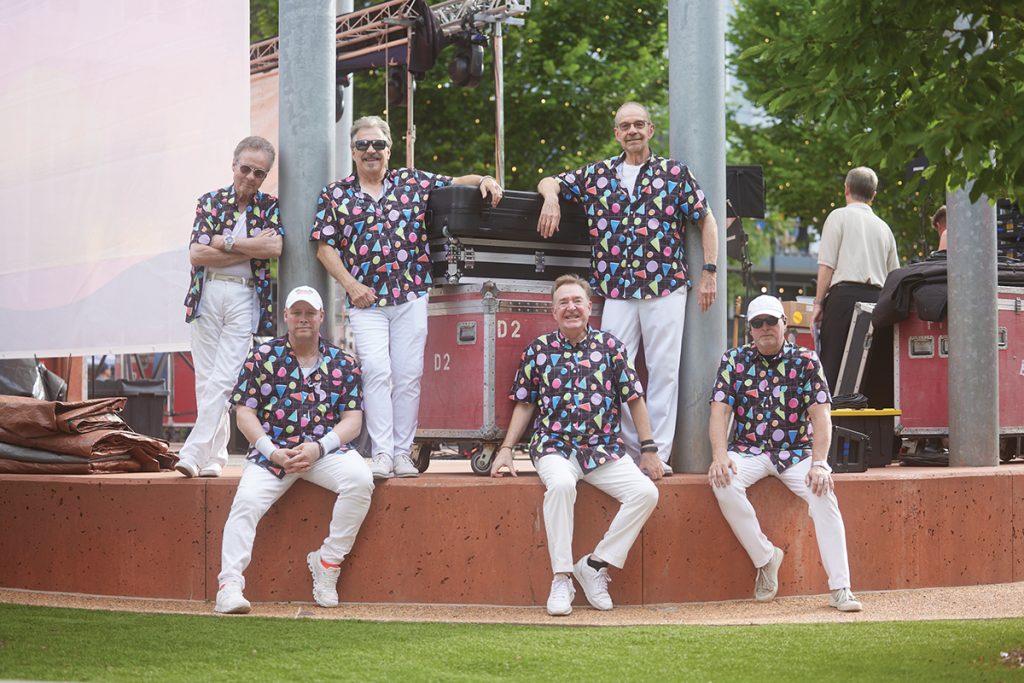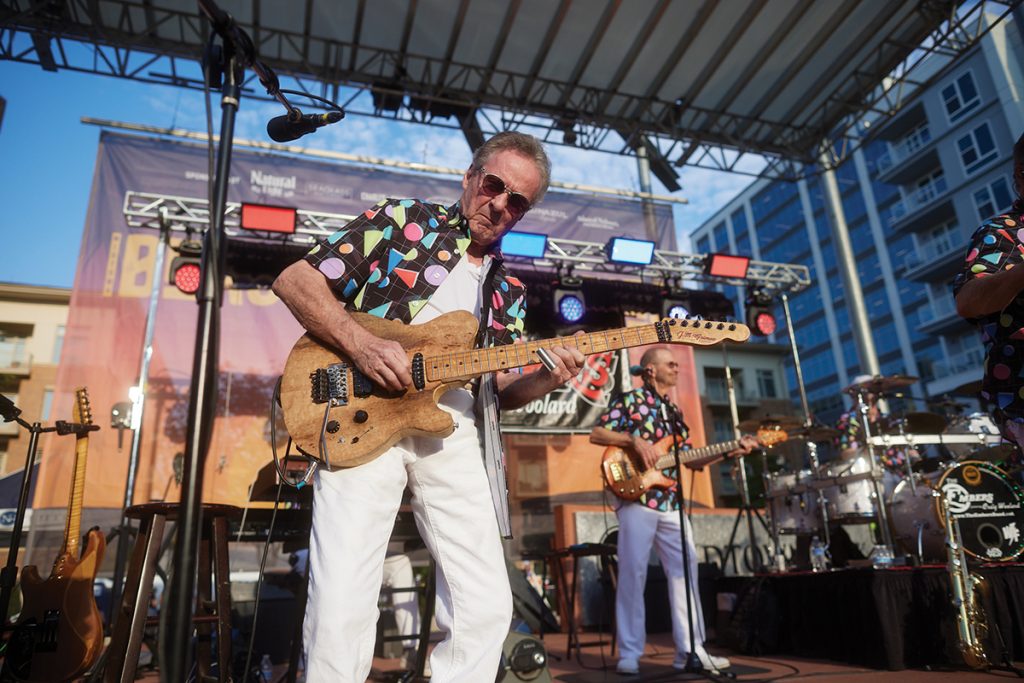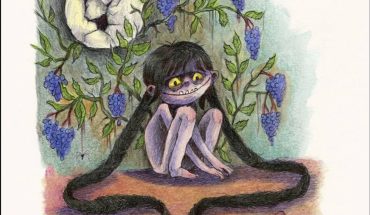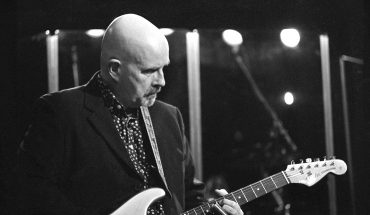Raleigh’s signature beach music band is still active, roughly two-thirds of a century after they formed back in the 1950s.
by David Menconi | photography by Tyler Northrup
You seldom expect bands to last more than a decade or so, but there are groups that somehow manage to stay together seemingly forever. Consider The Embers from Raleigh, one of the signature beach music bands, who remain active roughly two-thirds of a century after they formed way back in 1958.
Of course, by now there are no original members left, since co-founder/drummer Bobby Tomlinson retired in 2018 at age 79. But the current group is hardly Embers-come-lately. Their current billing is The Embers Featuring Craig Woolard, starring the lead vocalist, frontman and saxophonist for 38 of the past 48 years (he took a 10-year break in there). Woolard and bassist Gerald Davis, who has been on board for 39, are the longest-tenured Embers nowadays. And they’re busier than ever, especially during the summer — which is when every beach band makes hay while the sun shines.
“We got five gigs this week and about that many next,” Woolard said on a recent weekday morning. “We have 160 shows on the books for this year so far and that should be up to around 200 by the end of the year. Right now I’m looking for another horn player and I hope to find a young guy who wants to do what I want to do: Play as often as we can.”
A venerable regional phenomenon, beach music goes back to the late 1940s, when it began coming together in resort towns along the North and South Carolina coast. Mostly white teenagers on family beach vacations would sneak off for excursions to nightclubs, listening to rhythm & blues songs on jukeboxes. Hank Ballard and Midnighters, the Clovers, Lavern Baker and other Black acts’ records dominated these jukeboxes for years, creating a canon of beach music songs — R&B at danceable tempos, heavy on horns and suggestive lyrics.
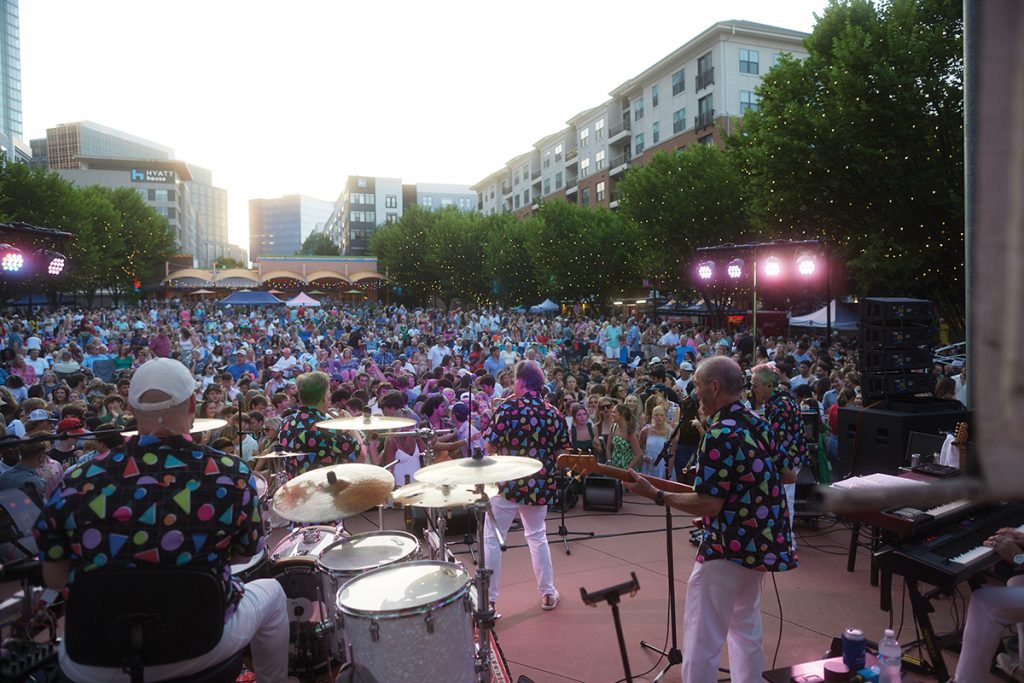
A popular style of dancing arose to go with the music: shagging, the official state dance of both Carolinas. When teenage fans got old enough to go off to college, they took beach music and shag dancing with them. Older R&B acts toured the Southern collegiate circuit for years, creating fraternity-party scenes like the fictional Otis Day and the Knights playing the Isley Brothers classic “Shout” in the 1978 movie Animal House.
In the late 1950s into the ’60s, another young generation of mostly white beach-music bands began to form, including Swingin’ Medallions, Catalinas and Band of Oz in addition to The Embers. Tomlinson and original lead singer Jackie Gore formed The Embers in 1958 and they soon became one of the biggest acts in beach music. They even opened Embers nightclubs in Raleigh and Atlantic Beach. Long before Woolard joined The Embers, he listened to them.
“I grew up in Little Washington, North Carolina, and they were big-time to me,” Woolard says. “The radio down there played The Embers followed by Sinatra and then ‘Hey Jude.’ So they were the biggest thing around here that any of us knew about.”
The Embers have released numerous recordings over the years, including genre classics like “I Love Beach Music” and “Faraway Places.” But they’ve never made the national charts, and their main legacy is as a performing act. Live, they’ll play everything from the R&B standards like “Sixty Minute Man” to the 1972 AM radio hit “Brandy (You’re a Fine Girl).”
Decades of personnel changes have not dimmed The Embers’ legend. “It’s true for a lot of beach bands, the lineup just turns over quite a bit,” said beach-music historian Chris Beachley, who produces the aptly named radio show “On The Beach With Charlie Brown.” “The Embers are absolutely still top-tier after all this time. You can’t imagine the music without them.”
At this point, it’s equally hard to imagine The Embers without Woolard. A self-described “high-school band geek,” he made a half-hearted attempt at college in the early 1970s before deciding to follow his passion. He turned professional with a series of bands, joining The Embers for the first time in 1976.
Woolard left the fold for a solo career in 2004, returning to The Embers a decade later. He’s been leading the band ever since, with his wife Debbie handling the booking.
“We had a huge crowd last night in Roanoke and I was talking to the guy who booked the event, and he said, Who could have predicted it would last this long?” Woolard says. “I don’t know anywhere else in the country that has all these bands that are 40, 50 and 60 years old still playing. I’m just grateful. I was just gonna do it for as long as I could — and 50 years later, I still can.”
This article originally appeared in the August 2024 issue of WALTER magazine.

